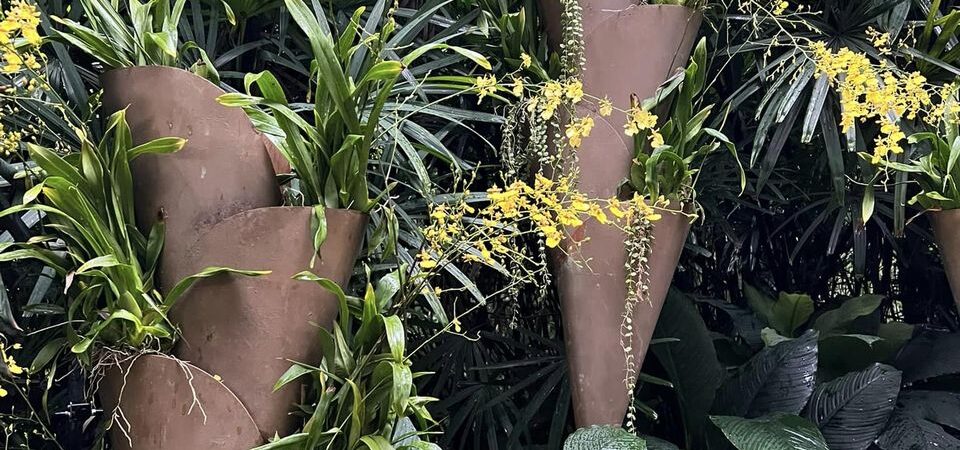Articles on Shifting Sands
Riding the FGM gravy train and infantilising women
Following the publication of NHS England’s Digital Annual FGM Report in September 2024, many local newspapers published pre-supplied, formulaic, personalised reports in October. Most noted an increase in ‘FGM victims’, some reported a decrease but all mentioned ‘a rise across England’.
But what is the point of these reports and who benefits from them?
Headlines of course attract attention and help keep the issue alive in the public imagination. And reports provide a platform whereby charities promote their perceived relevance in helping to reach the target of ending FGM by 2030.
Traditionally these reports were written/promoted by charities with close vested interests (awareness raising, child protection, financial etc) e.g. Barnardo’s and the NSPCC. This year many were written/co-written by a freelance data journalist with a good eye for a story and targeting local media. Some papers even published the pre-supplied accompanying photo. Such is the convenience of AI and the power of propaganda.
Examples of reports demonstrating a growth include Bedfordshire, Luton and Milton Keynes with “Rise in victims of female genital mutilation reported by NHS in Bedfordshire, Luton and Milton Keynes” and Wirral “Rise in FGM victims seen by NHS in Wirral.’
Shropshire, Telford and Wrekin reported “Fewer FGM victims seen by NHS in Shropshire, Telford and Wrekin” as did North East London; “Fewer FGM victims seen by NHS in North East London.”
Some like Oxfordshire are confusing because boundaries have changed. The headline opted for “Female genital mutilation victims seen by NHS in Oxfordshire.” The report suggests no patients were seen with the injury in 2022-23. But about five patients with FGM injuries were seen in the former NHS Oxfordshire CCG area.
Charity involvement
Traditionally these press releases cited a charity which emphasised that more needs doing. Back in 2019 the NSPCC told us: “We know from calls to our dedicated FGM Helpline that girls around the country are at risk of this dangerous practice.” In suggesting that not enough is being done they imply that additional funds are needed (by them) to address unmet need.
This year Rohma Ullah, Head of Barnardo’s (inactive?) National FGM Centre took the opportunity to remind us that FGM was a form of child abuse, suggesting “(m)ore needs to be done to protect girls – and to offer support for all those affected”. But “(t)hat support just isn’t available at the moment.”
Most of the 2024 press reports quoted Karma Nirvana “a charity for victims and survivors of FGM abuse in the UK”. Many suggested “the rise in cases seen by services across England is a clear signal that more must be done to protect women and girls from the practice.”
But a glance at this charity’s website demonstrates that FGM does not appear to be a particularly important aspect of its work. Nor does it appear to focus specifically on FGM. The practice is listed under the broad umbrella term ‘honour based abuse’ and according to its 2023-24 report FGM accounted for less than one percent (18 people) of the charity’s contacts.
Like many charities, Karma Nirvana may have learned that citing ‘FGM’ is a good way of attracting publicity and funding – of riding the gravy train. And it seems to have worked.
In 2023, the Government reported it had funded Karma Nirvana’s national Honour Based Abuse helpline for many years and had allocated up to £165,000 between April 2022 and March 2023 “which enabled Karma Nirvana to provide support to 2,547 victims”.
NHS England FGM Data
Nine years of FGM data has now been collated and analysed by NHS England since it began collecting it in 2015. The database limitations were obvious to many from the outset and the outcome of a review consultation which ended 10 April 2024, is still awaited.
During those nine years, 37,615 individual women and girls where FGM was identified were said to have attended an NHS service in England. The practice is mostly reported/observed when girls and women use paediatric, maternity or obstetric services. Each patient is counted once only.
When all the key information over the nine years is considered;
- 630 of the 37,615 (6 per cent) women and girls reported they’d undergone FGM in the UK
- 91 per cent of them had genital piercing as adults but the WHO and NHS regard piercings as a form of FGM and a criminal offence. And because the FGM Act 2003 says ‘girl includes woman’, adults with piercings are demoted to the status of girls and so included in the FGM data. They are not prosecuted however because it is known, anecdotally, that they are mostly seen/reported in pregnant, teenage caucasians and not in the target audience and done for ‘custom or ritual’ reasons
- 9 per cent had FGM that was not a genital piercing or that took place when they were a child. Included with piercings among ‘other harmful procedures’ are pricking, incising, scraping and cauterisation, but a data breakdown is not provided.
Does this confusion not warrant national attention? Is the crime not in clarifying what the data actually represents and in the infantilisation of specific women?
About the Author - Bríd Hehir
Bríd is a retired health professional. She started her career as a nurse and midwife in Africa where she worked for almost four years. She encountered FGM/C in Ethiopia. She then moved to London where she worked in the National Health Service as a midwife, community nurse, health visitor, reproductive and sexual health nurse and manager over a period of 30 years. She did not encounter FGM/C during that time despite working with immigrant communities who are reported to practice it still. She is puzzled by the current reported prevalence of the practice, the official response and associated activism. And is worried that they might cause more harm than good.



0 comments